A VERY RARE LARGE JADE CARVING OF A WATER BUFFALOQianlong The imposing yet peaceful recumbent beast naturalistically modelled with its forelegs and hind legs tucked under the powerful body accentuated by a pronounced spine, the tail flicked to the right side and head turned to gaze amenably at the viewer, the gracefully-curved ridged horns flanking the flat forehead, the stone of pale-green tone with brown patches, huanghuali stand. 22cm (8 1/2in) long (2).Footnotes清乾隆 青玉臥牛 Provenance: William Clayton Ltd., London, 31 July 1978 James Basil Wilson and Julia Wilson, and thence by descent In 1945, James Basil Wilson returned from The Second World War having served with the Gurkhas. He married Julia Burke in 1949 and they moved to London. James started working for Iron and Steel Exporters and later that year, he was offered the chance to set up an office Hong Kong, so they moved there and set up home. The business was successful, they loved Hong Kong and they lived the life of ex-patriates to the full. They swam, played golf, made friends and indulged their passion for fast cars, competing in amateur road races. Julia claimed to have won at the first Macau Grand Prix. As well as enjoying the pastimes of the culture they brought with them, they developed an enduring love for China, Chinese people, Chinese food and Chinese art. With a growing family, they returned to England in 1957. They brought with them the pieces they had bought in Hong Kong and James made many trips to Hong Kong and continued to build their collection throughout the following decades mainly from dealers in London. 來源:倫敦古董商William Clayton Ltd.,1978年7月31日 James Basil Wilson與Julia Wilson伉儷舊藏,並由後人保存迄今 James Basil Wilson二戰期間曾於廓爾喀軍團服役,1945年返回英國。 1949年與Julia Burke結婚,婚後搬至倫敦,並開始為Iron and Steel Exporters效力,同年被委任籌備香港辦事處,遂移居香港。事業發展蒸蒸日上的同時,Wilson伉儷也充分享受著外派人士的理想生活;游泳、打高爾夫、結交朋友,沉迷賽車運動甚至參加業餘車手街道賽,Julia聲稱曾完賽首屆澳門格蘭披治大賽車。在保留西方生活方式的同時,Wilson伉儷也對中國及其民眾、美食和藝術產生了長久的熱情。 1957年,隨著家庭的不斷壯大,Wilson一家回到英國,並帶回了其在香港購置的藝術品。此後,James多次前往香港,並在接下來的幾十年中持續造訪倫敦的古董商,擴充藏品。 The imposing recumbent beast conveys at once both strength and peacefulness. The sheer size and weight of the jade stone, the muscular haunch, full rounded body and the striking ribbed horns exude power; the recumbent pose and countenance convey tranquillity. Buffalos were emblematic of agriculture. As such, in Imperial China, where agriculture was considered by Confucian governments to be the main source of tax revenue, the buffalo - used for ploughing - underpinned rice production and the rural economy, and represented prosperity and dedication to hard work. Emperors frequently likened themselves to farmers ploughing the fields with an ox or buffalo under their reins. See for example, the Yongzheng emperor depicted as a famer in Pictures of Tilling and Weaving Portraying Yinzhen, Kangxi period, in the Palace Museum, Beijing (acc.no. Gu00006634-8). See also Le Premier Sillon ouvert par l'Empereur, Qingeng tu, Yongzheng period, in Musée national des arts asiatiques Guimet, illustrated in Les très riches heures de la cour de Chine, Paris, 2006, no.24, depicting the Yongzheng emperor ploughing the first furrow when offering sacrifice at the Altar to the God of Agriculture, Xiannong tan. Buffalos were also employed in literati paintings, to evoke a bucolic, idealised existence in the countryside. This fitted in with the Confucian ideal of a world in peace and harmony with peasants - the second highest in the Confucian social hierarchy after scholars - contributing to the wealth of the empire. The buffalo in turn, fed into a more mythical or spiritual side, recalling both Buddhist and Daoist preoccupation with simplicity, retreat, and the subjugation of the ego. The philosopher Laozi, is frequently represented in paintings and sculpture riding a buffalo. Another aspect of the buffalo is its guardian function, stemming from the legend of the emperor Yu of the Xia dynasty casting an iron ox to subdue floods. This interpretation was most not
A VERY RARE LARGE JADE CARVING OF A WATER BUFFALOQianlong The imposing yet peaceful recumbent beast naturalistically modelled with its forelegs and hind legs tucked under the powerful body accentuated by a pronounced spine, the tail flicked to the right side and head turned to gaze amenably at the viewer, the gracefully-curved ridged horns flanking the flat forehead, the stone of pale-green tone with brown patches, huanghuali stand. 22cm (8 1/2in) long (2).Footnotes清乾隆 青玉臥牛 Provenance: William Clayton Ltd., London, 31 July 1978 James Basil Wilson and Julia Wilson, and thence by descent In 1945, James Basil Wilson returned from The Second World War having served with the Gurkhas. He married Julia Burke in 1949 and they moved to London. James started working for Iron and Steel Exporters and later that year, he was offered the chance to set up an office Hong Kong, so they moved there and set up home. The business was successful, they loved Hong Kong and they lived the life of ex-patriates to the full. They swam, played golf, made friends and indulged their passion for fast cars, competing in amateur road races. Julia claimed to have won at the first Macau Grand Prix. As well as enjoying the pastimes of the culture they brought with them, they developed an enduring love for China, Chinese people, Chinese food and Chinese art. With a growing family, they returned to England in 1957. They brought with them the pieces they had bought in Hong Kong and James made many trips to Hong Kong and continued to build their collection throughout the following decades mainly from dealers in London. 來源:倫敦古董商William Clayton Ltd.,1978年7月31日 James Basil Wilson與Julia Wilson伉儷舊藏,並由後人保存迄今 James Basil Wilson二戰期間曾於廓爾喀軍團服役,1945年返回英國。 1949年與Julia Burke結婚,婚後搬至倫敦,並開始為Iron and Steel Exporters效力,同年被委任籌備香港辦事處,遂移居香港。事業發展蒸蒸日上的同時,Wilson伉儷也充分享受著外派人士的理想生活;游泳、打高爾夫、結交朋友,沉迷賽車運動甚至參加業餘車手街道賽,Julia聲稱曾完賽首屆澳門格蘭披治大賽車。在保留西方生活方式的同時,Wilson伉儷也對中國及其民眾、美食和藝術產生了長久的熱情。 1957年,隨著家庭的不斷壯大,Wilson一家回到英國,並帶回了其在香港購置的藝術品。此後,James多次前往香港,並在接下來的幾十年中持續造訪倫敦的古董商,擴充藏品。 The imposing recumbent beast conveys at once both strength and peacefulness. The sheer size and weight of the jade stone, the muscular haunch, full rounded body and the striking ribbed horns exude power; the recumbent pose and countenance convey tranquillity. Buffalos were emblematic of agriculture. As such, in Imperial China, where agriculture was considered by Confucian governments to be the main source of tax revenue, the buffalo - used for ploughing - underpinned rice production and the rural economy, and represented prosperity and dedication to hard work. Emperors frequently likened themselves to farmers ploughing the fields with an ox or buffalo under their reins. See for example, the Yongzheng emperor depicted as a famer in Pictures of Tilling and Weaving Portraying Yinzhen, Kangxi period, in the Palace Museum, Beijing (acc.no. Gu00006634-8). See also Le Premier Sillon ouvert par l'Empereur, Qingeng tu, Yongzheng period, in Musée national des arts asiatiques Guimet, illustrated in Les très riches heures de la cour de Chine, Paris, 2006, no.24, depicting the Yongzheng emperor ploughing the first furrow when offering sacrifice at the Altar to the God of Agriculture, Xiannong tan. Buffalos were also employed in literati paintings, to evoke a bucolic, idealised existence in the countryside. This fitted in with the Confucian ideal of a world in peace and harmony with peasants - the second highest in the Confucian social hierarchy after scholars - contributing to the wealth of the empire. The buffalo in turn, fed into a more mythical or spiritual side, recalling both Buddhist and Daoist preoccupation with simplicity, retreat, and the subjugation of the ego. The philosopher Laozi, is frequently represented in paintings and sculpture riding a buffalo. Another aspect of the buffalo is its guardian function, stemming from the legend of the emperor Yu of the Xia dynasty casting an iron ox to subdue floods. This interpretation was most not
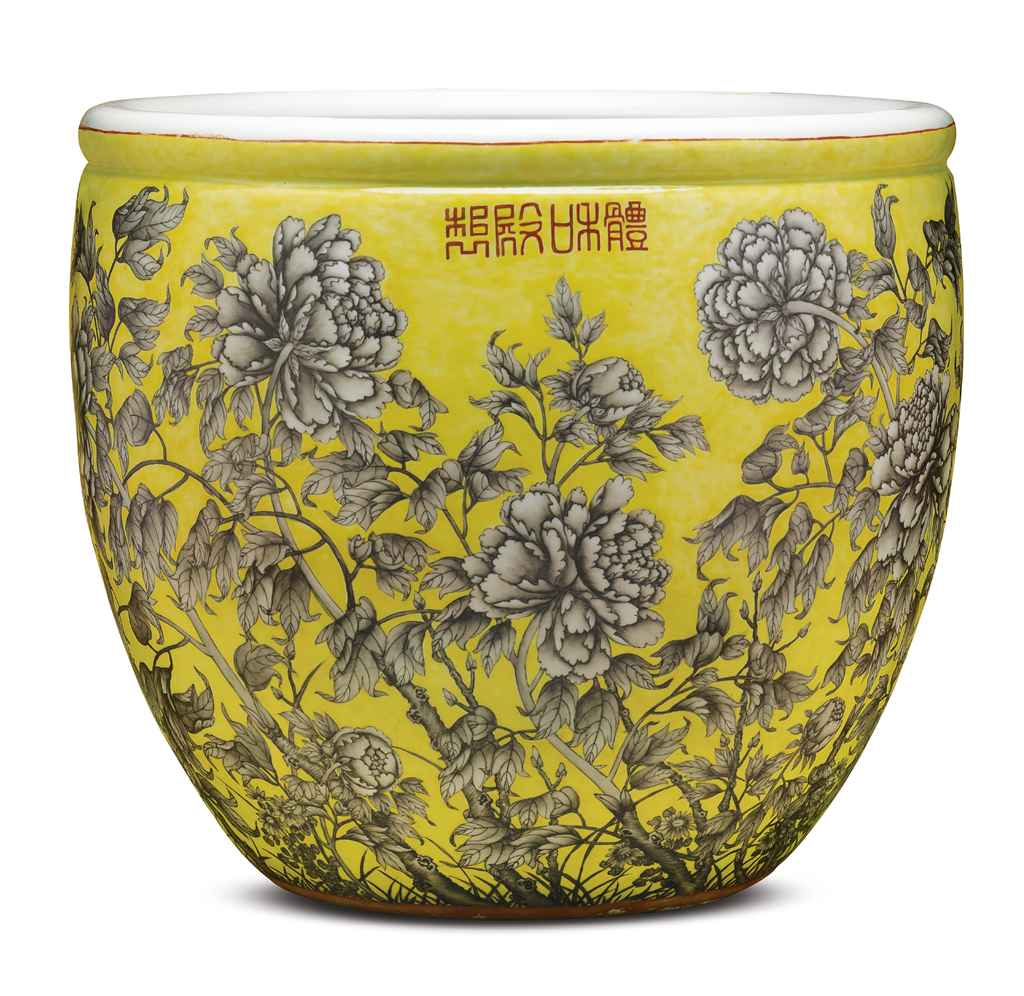
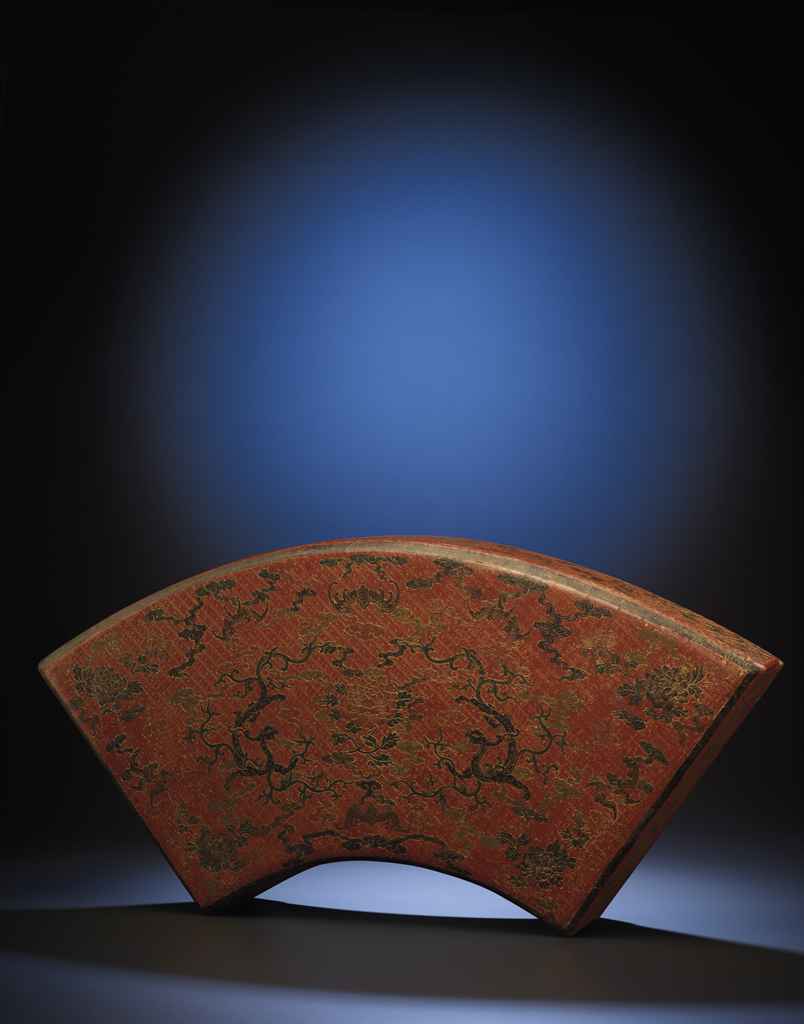
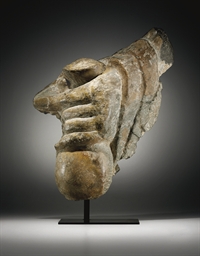
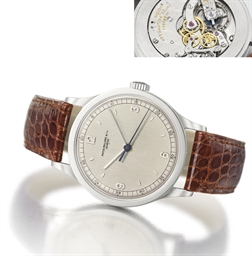
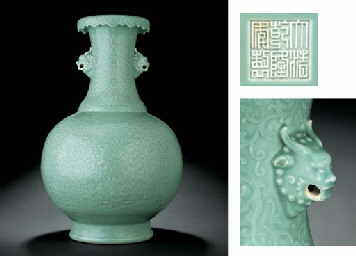
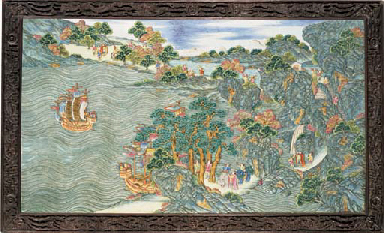
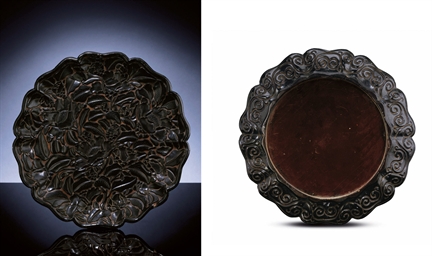
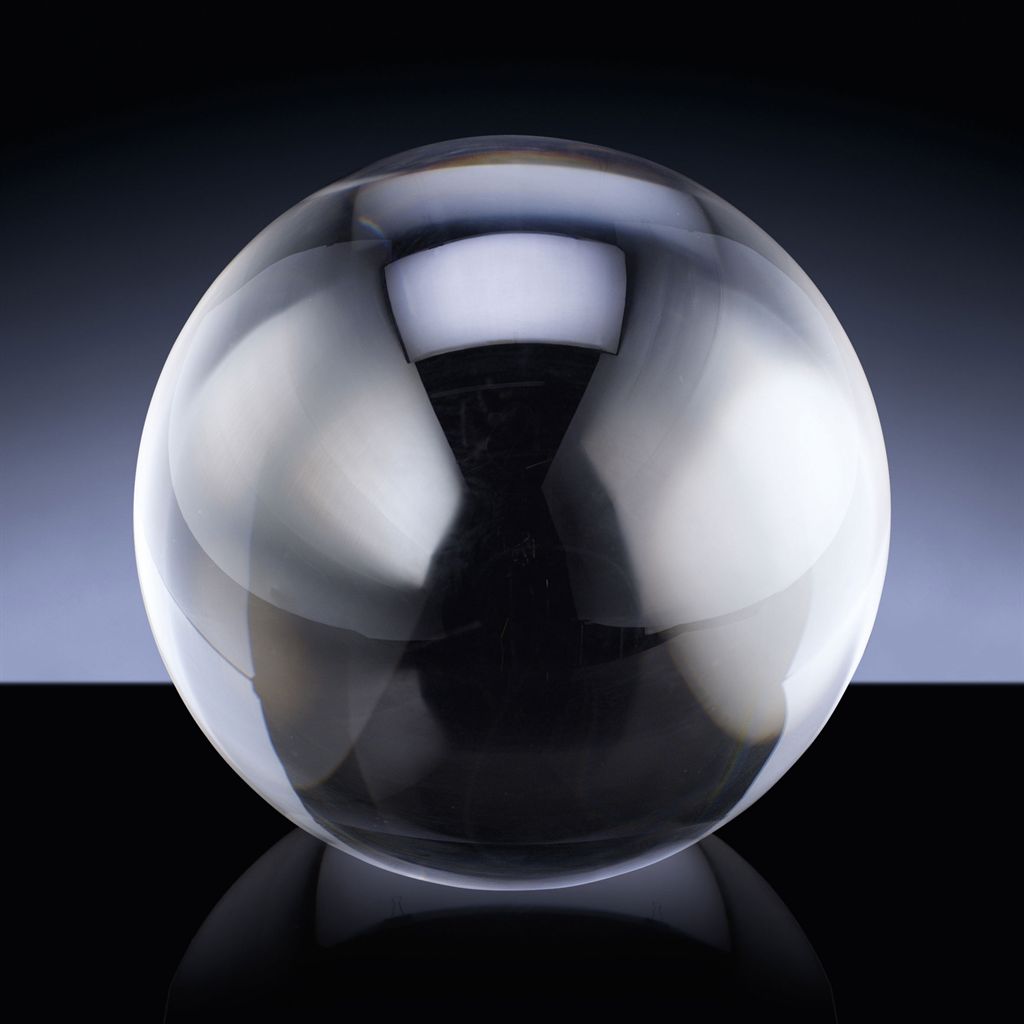
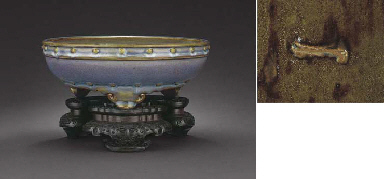
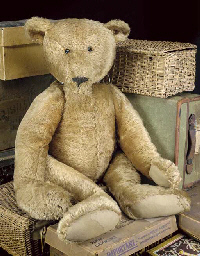
.jpg)
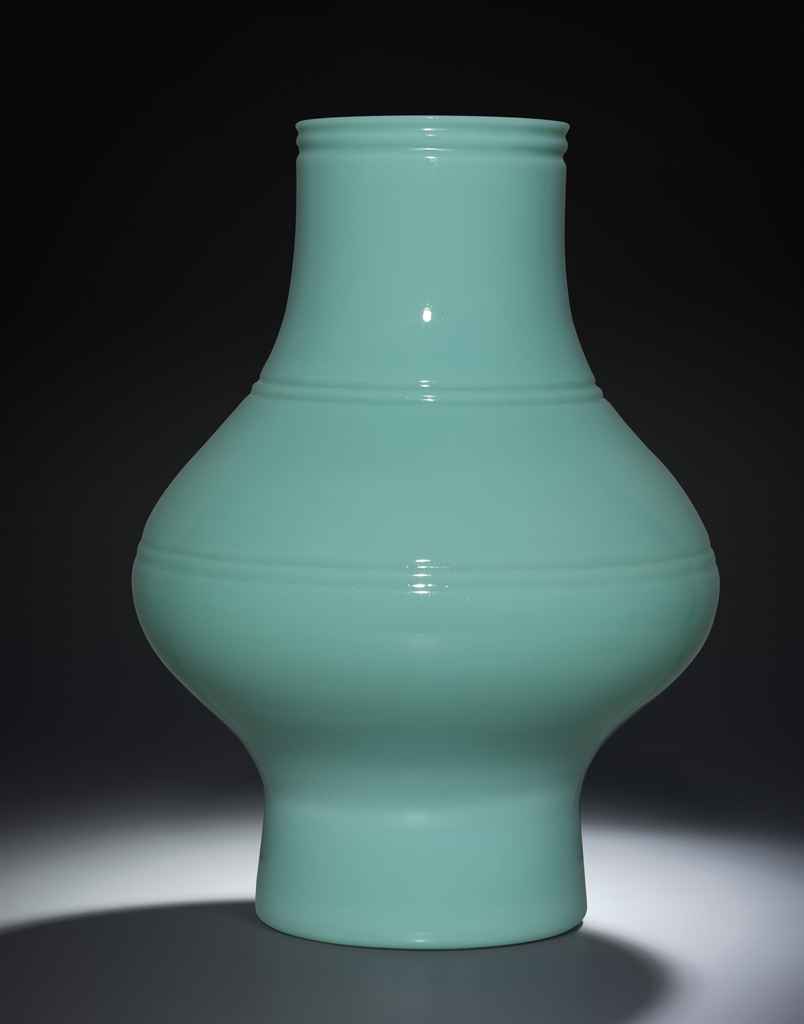
.jpg)
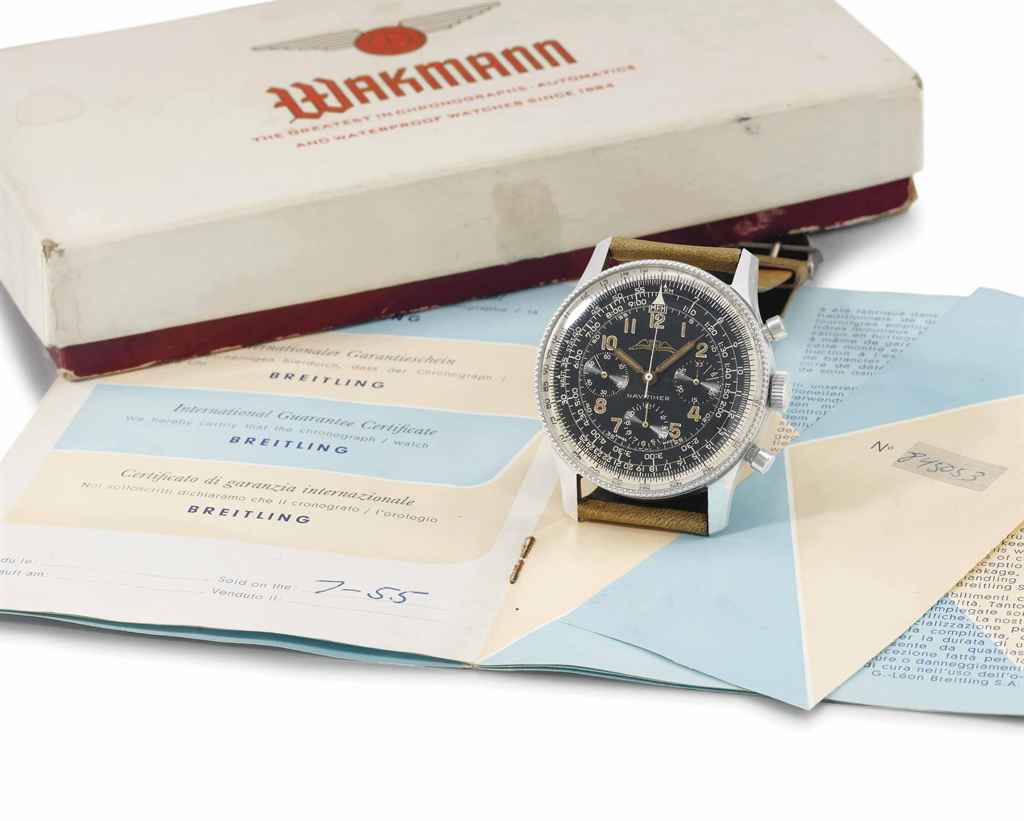
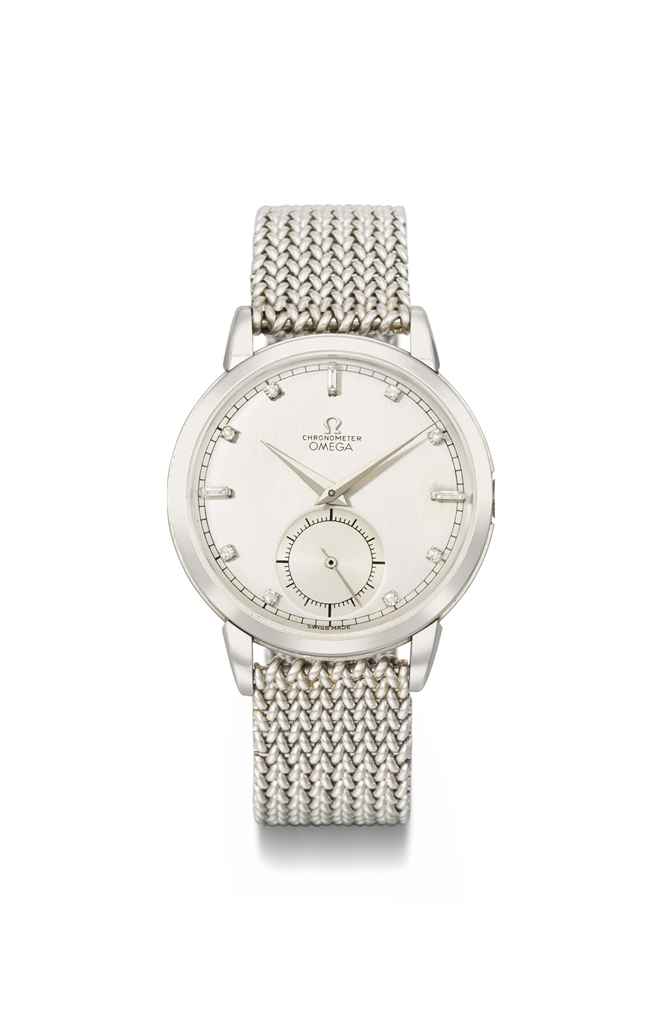
Try LotSearch and its premium features for 7 days - without any costs!
Be notified automatically about new items in upcoming auctions.
Create an alert